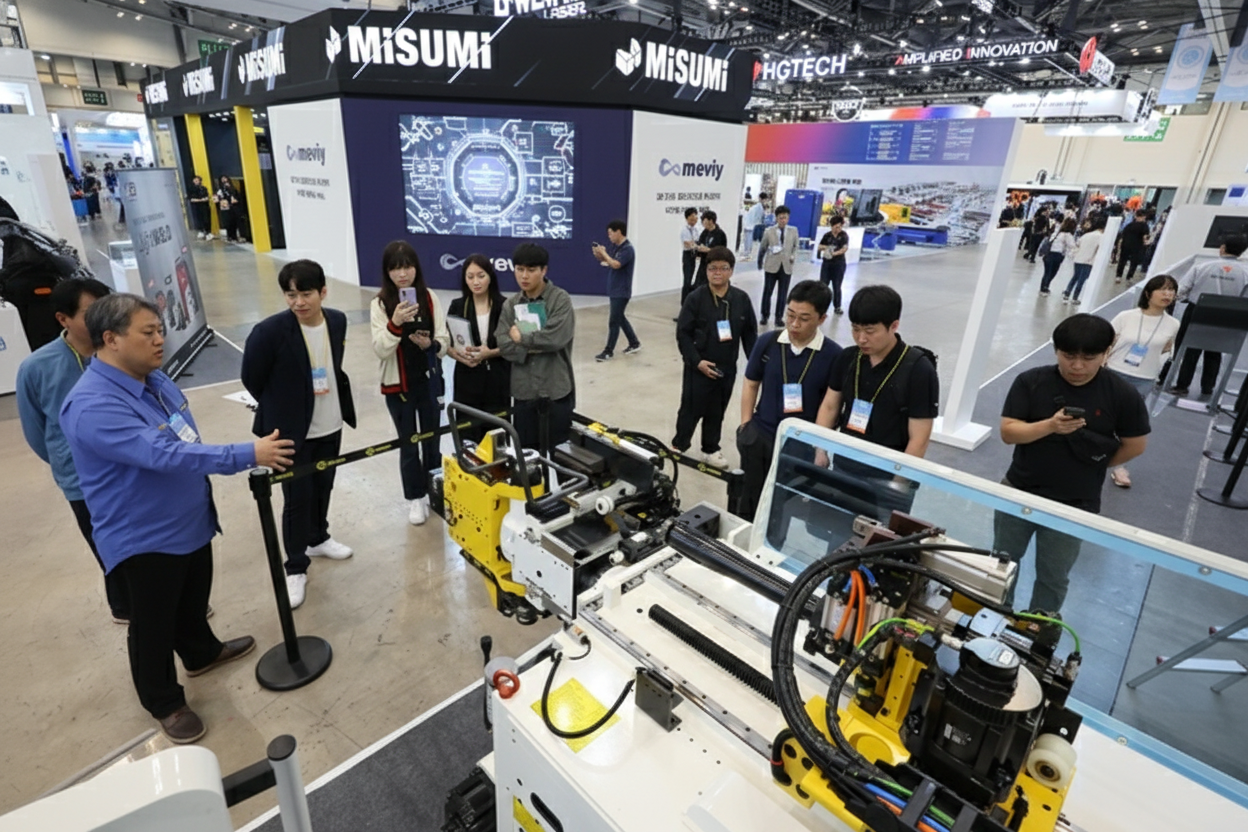Robots Create Job Polarization: Younger Workers Gain, Older Workers Lose

A report released by the Korea Labor Institute (KLI) reveals a clear impact of robot adoption on employment rates across different age groups. The report, titled 'Technological Innovation and Changes in the Labor Market and Human Capital - Focusing on Robot Adoption,' and published on November 2, 2025, analyzes the phenomenon where robot adoption leads to increased employment among young adults while simultaneously decreasing employment among middle-aged and older workers. The report notes a distinct increase in the employment rate for those aged 25 to 34, and a prominent decrease for those aged 45 to 54.
The report finds that robot adoption has led to an overall increase in employment rates in both manufacturing and non-manufacturing sectors. In manufacturing, increased robot exposure has contributed to a higher rate of regular employment, accounting for a significant portion of the overall increase in manufacturing employment. The KLI estimates that approximately 83% of the increase in manufacturing employment is a result of increased robot exposure.
In non-manufacturing, the impact of increased robot exposure on the regular employment rate is relatively insignificant compared to manufacturing. The report attributes this to differences in robot utilization methods and employment structures between the two sectors. The KLI adds that these differences are a natural consequence of industry-specific characteristics.
Increased robot exposure is also analyzed to have an impact on wage levels. In the manufacturing sector, increased robot exposure has led to wage increases. According to the KLI report, in manufacturing, an increase in robot exposure results in an approximate 1.85% increase in monthly salary.
In non-manufacturing, the rate of increase in monthly salary due to increased robot exposure is lower than in manufacturing, analyzed at approximately 0.86%. The report attributes this to differences in productivity improvement effects and wage determination factors between the manufacturing and non-manufacturing sectors.
An analysis of employment rate changes from 2005 to 2020 reveals a trend of increasing employment rates for those under 45, while employment rates tend to decrease for those 45 and older. The report interprets these age-related changes in employment rates as indicative of the complex impact of technological innovation, such as robot adoption, on the labor market.
The Korea Labor Institute report analyzes the impact of robot adoption on the labor market. The study confirms that robot adoption can create new opportunities for young adults, while potentially leading to job insecurity for middle-aged and older workers.
The report emphasizes the importance of fostering a skilled workforce in conjunction with the advancement of robot technology. It suggests directions for developing human resources capable of utilizing robots. Specifically, the report proposes expanding robot technology education and training programs, and introducing robot-related certification systems.
Furthermore, the report examines support measures for middle-aged and older workers affected by robot adoption. It suggests measures to respond to changes in the labor market. The report proposes strengthening vocational training programs to support the re-employment and career transition of middle-aged and older workers, and expanding support policies for entrepreneurship.
Regarding the Korea Labor Institute report, the Presidential Office stated that it recognizes the labor market changes resulting from technological advancements. The Presidential Office assessed that this report provides an analysis of the impact of robot adoption on the labor market.
The report presents a multifaceted perspective on the impact of robot adoption on the labor market. The Korea Labor Institute mentions the potential for robot adoption to improve productivity and create new industries.
